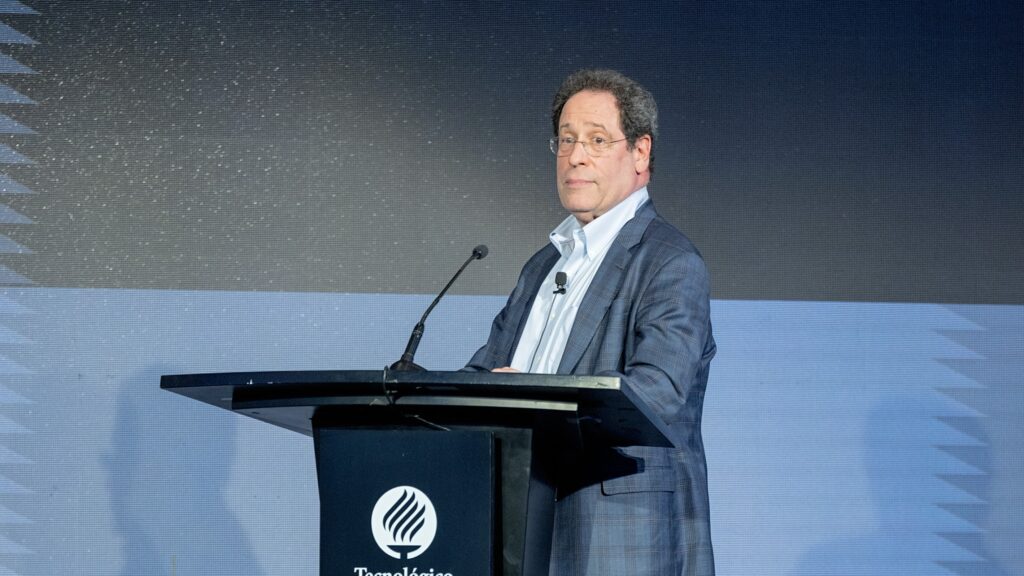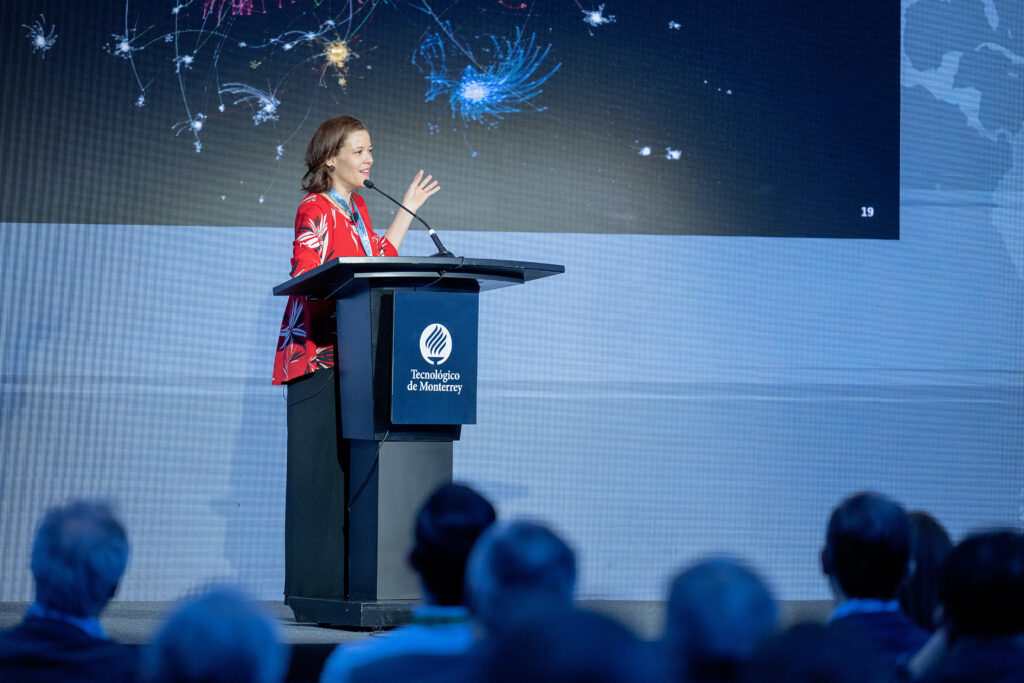In an era defined by economic uncertainty, fiscal constraint, and technological acceleration, cities are being called to rethink how and where innovation happens. Around the world, innovation districts – compact, mixed-use areas where research institutions, companies, startups, and civic actors converge – are emerging as one of the most powerful vehicles for resilience, sustainability, and inclusive growth.

As GIID Board Member Bruce Katz puts it:
We are no longer operating in a world defined by globalization at any cost. We are living in an age of strategic resilience — and that has major implications for innovation districts.
The power of place
GIID’s research, drawing on work with more than 50 innovation districts worldwide, underscores how the mix of people, place, and innovation drives impact in the current climate:
Districts succeed, the research shows, when they are both globally connected and locally grounded. New data visualizations highlight how places such as Oslo Science City, Pittsburgh, and Sydney’s Tech Central are embedded in international research networks, linking local innovation directly to global discovery.
At the same time, density and diversity amplify impact. Concentration matters, but it is diversity – of actors, assets, and activities – that transforms a district from a collection of buildings into a true platform for innovation.
Finally, technology is accelerating convergence. Emerging technologies such as AI, smart materials, and clean engineering are reshaping every sector. Examples from Basel and Melbourne show how districts are leveraging enabling technologies to drive regional competitiveness.
As GIID President and Co-Founder Julie Wagner notes:
Districts that recognize the role of enabling technologies—and organize themselves around them—will outpace those that don’t.

Three imperatives shaping the next decade
Looking ahead, GIID has identified three defining imperatives that will shape the next decade of innovation-led growth: to decarbonize, to de-risk, and to deliver talent. These will define the next decade of innovation-led growth and demand new forms of collaboration between government, academia, and industry.
- To decarbonize means advancing clean technologies, energy transitions, and sustainable design.
- To de-risk involves strengthening the capacity of regions to respond to geopolitical, health, and supply-chain shocks.
- To deliver talent requires ensuring that education, training, and opportunity keep pace with the technologies transforming industries.
These imperatives are not abstract; they demand coordinated leadership across government, academia, and industry, and a commitment to align innovation with long-term economic and social goals.
From insight to action
To support this evolving agenda, GIID announced it is developing a Blueprint for Impact: a practical framework to help districts organize around these imperatives and accelerate progress.
These ideas were brought to the forefront at the Inaugural GIID Global Summit on Innovation Districts, held in partnership with the Monterrey Innovation District, Tecnológico de Monterrey, and Distritrotec. The event gathered more than 300 leaders from over 25 cities across five continents, representing the growing international community working to advance innovation-driven urban development.
In her closing remarks, Wagner captured the urgency of the moment:
We share a deep conviction that innovation districts matter more than ever. They have the potential to transform lives and solve some of the most pressing challenges facing us today.

